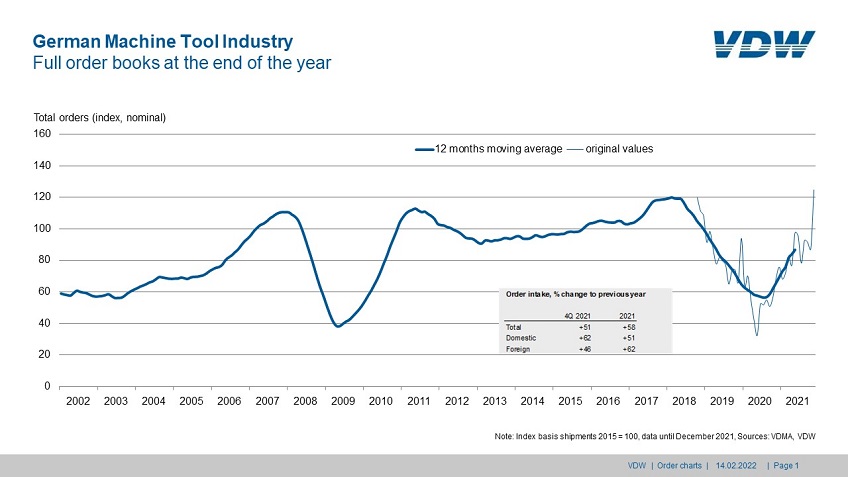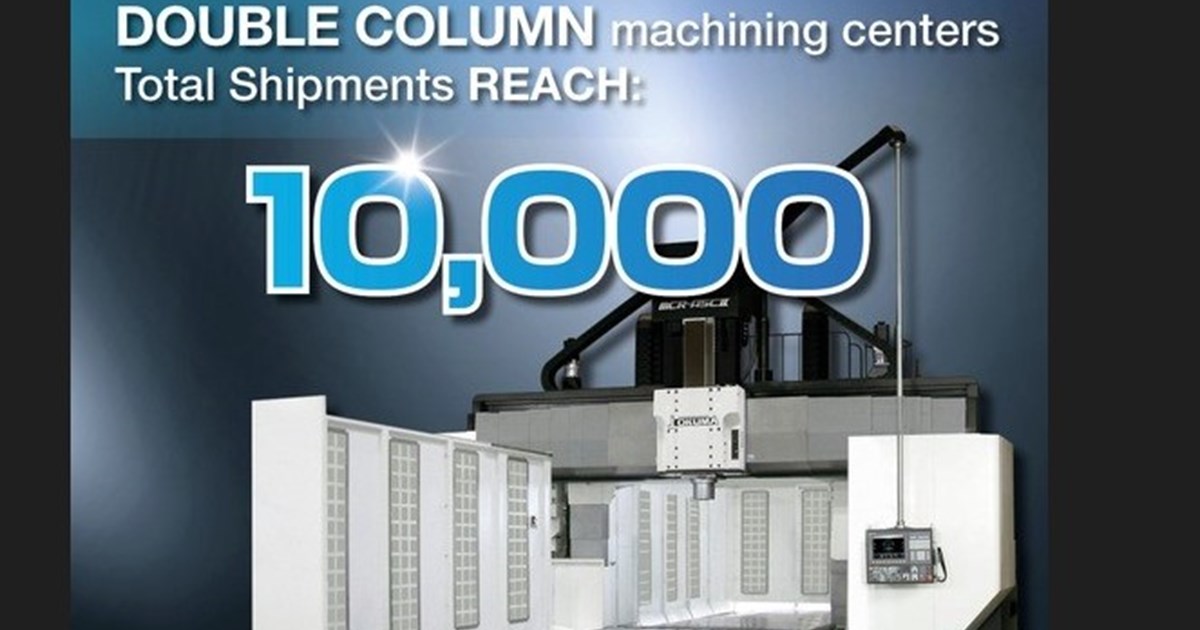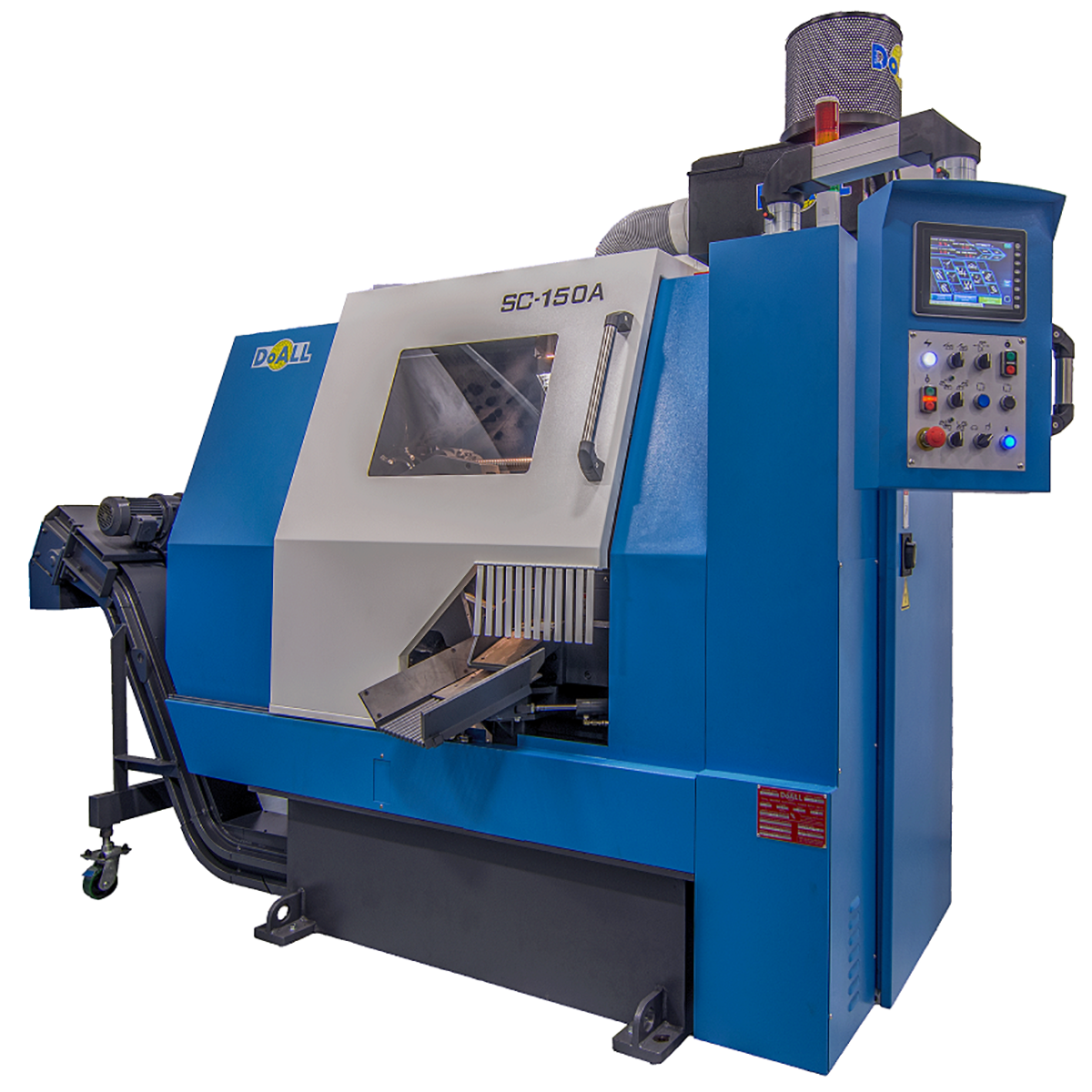A major national service centre with 24 branches across New Zealand turned to Scott Machinery, the local distributor of Italy-based MEP saws, to replace two of its ageing bandsaw machines. The supplier provides a comprehensive range of structural steel, iron, plate products and steel profiles in order to meet the requirements of demanding new building designs.
Following a series of negotiations and visits to understand the customer’s needs – namely a high level of safety, precision and technology while executing cuts on mainly structural and stainless steel products – a recommendation was put forward for a Shark 350 NC HS 5.0 and Thor 860 bandsaw.
The Shark 350 NC HS 5.0 belongs to the range of MEP automatic bandsaws. Being dual-column and electrohydraulic, and executing 0° cuts on structural, stainless and alloy steels, solids and profiles, this sawing machine is suitable for both large size production batches, even on multiple work shifts and cuts in series in continuous cycle on a wide range of metals.
This structurally heavy-duty, silent and safe sawing machine was designed to also execute bundle cuts up to 350 x 350 mm, thus being versatile and able to solve the wide range of cutting needs relating to modern workshops. In this case, the customer decided to purchase three sawing machines and equip them with a spray mist system, blade deviation control device, hydraulic overhead bundlings and Kit IOT – Industry 4.0.
The Thor line is made up of dual-column semi-automatic band sawing machines designed for heavy-duty works and characterised by large cutting capacities. In this case, the customer chose the Thor 860 model, which executes 0° cuts of structural steels with size up to 860 x 860 mm.
For further information www.mepsaws.it



















